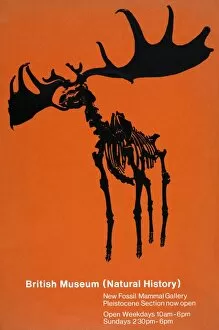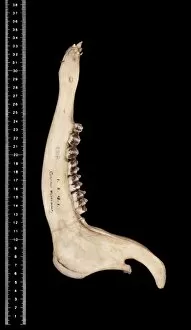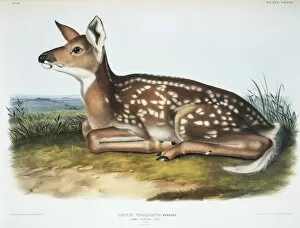Cervinae Collection
"Cervinae: A Fascinating World of Deer Species" Step into the enchanting world of cervinae
All Professionally Made to Order for Quick Shipping
"Cervinae: A Fascinating World of Deer Species" Step into the enchanting world of cervinae, where a diverse range of deer species captivate with their beauty and unique behaviors. From the majestic Przewalskium albirostris, also known as the white-lipped deer, to the playful Wapiti stags in Yellowstone National Park, these creatures never fail to leave us in awe. The Przewalskium albirostris stands out with its striking appearance and snow-white lips. Found in remote regions, this rare species reminds us of nature's ability to create wonders that are both delicate and resilient. Speaking of resilience, witness the wintertime spectacle at Yellowstone National Park as Wapiti stags engage in exhilarating playfights amidst a snowy backdrop. Their antlers clash gracefully while they showcase their strength and agility. But it's not just about grand displays; sometimes it's observing everyday moments that truly capture our hearts. Picture yourself standing silently as Wapiti forage through layers of snow in search of sustenance. Witnessing their determination against harsh conditions is a testament to their adaptability. Delving deeper into history, we stumble upon an intriguing sight – an illustration depicting a Red deer stag skeleton. This glimpse into ancient times serves as a reminder that these magnificent creatures have roamed our planet for centuries. Moving forward brings us closer to Cervus unicolor brookei - sambar deer - whose presence adds charm to any landscape they inhabit. Whether found within museum galleries or wandering freely across vast territories, these elegant animals command attention wherever they go. Finally, let us not forget Cervus xanthopygus – another member of the cervinae family that enchants with its graceful movements and golden-hued coat. These captivating deer remind us why nature remains an endless source of inspiration for artists and admirers alike.


















